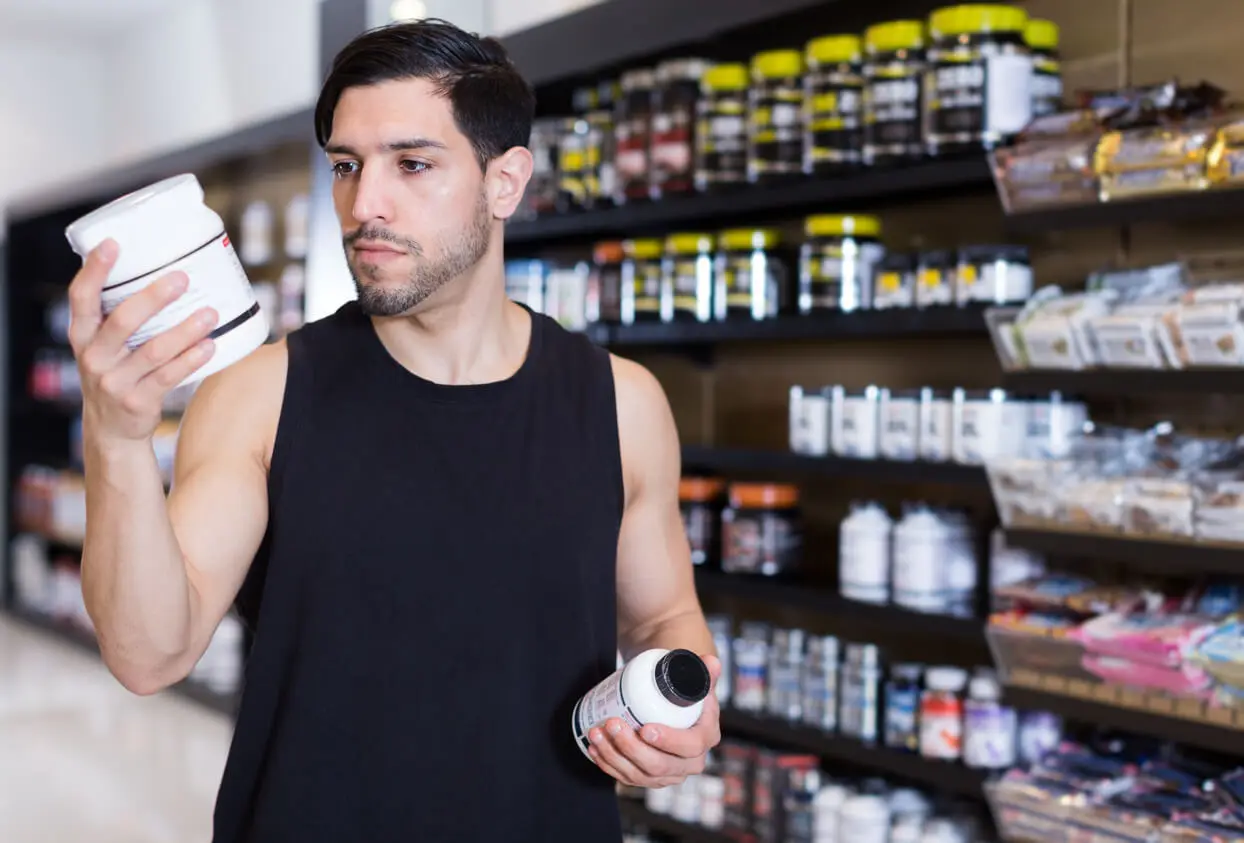Valine and Muscle Mass Gain: All You Need to Know


Written and verified by the nutritionist Saúl Sánchez Arias
Valine is one of the amino acids our body needs to stimulate muscle mass gain. These elements are constituents of proteins and many of them are essential, and our body can’t create them by itself.
Before starting, it’s important to point out that proteins can be classified into two types, according to their origin. On the one hand we have those of animal origin, of high biological value. On the other hand, there are those of vegetable origin, of low biological value. The latter are deficient in some of the essential amino acids.
The importance of valine in muscle mass gain
Sometimes we talk about the need to ensure the intake of BCAA’s or branched amino acids to consolidate muscle growth. These are valine, leucine, and isoleucine.
It’s true that leucine is the only one capable of stimulating the mTor pathway of metabolism, which is the most anabolic. This is evidenced by research published in the journal Nature. However, it isn’t the only important point in the process.
Valine is directly involved in the process of muscle formation, thus ensuring a positive nitrogen balance and proper tissue repair. This process is essential to achieve lean mass adaptation after physical stimulation. Valine may even be used at some point for energy synthesis, although this isn’t always advisable if hypertrophy is to be promoted.
In order to achieve good results, it isn’t enough just to ensure the consumption of this amino acid; we need to meet our daily protein requirements. According to a study published in the Journal of the International Society of Sports Nutrition, these requirements are above 1.4 grams of protein per kilogram of body weight per day in exercisers.
Up to 2 grams per kilogram of body weight per day, endogenous protein synthesis benefits can be experienced. Above this amount there’s usually no improvement in most cases, so it doesn’t make sense to increase the dose.
However, half of the proteins in the pattern must be of high biological value and it’s recommended that at least 25 grams (1 oz) of them are present in the main meals.

Find out more: The Best Diet for High-Performance Female Athletes
Strategies to promote muscle mass gain
When we talk about hypertrophy, we mustn’t only focus on the supply of valine or leucine; there are certain keys that must be taken into account in order to experience good results. We have already mentioned the importance of a good protein intake, but carbohydrates shouldn’t be underestimated either. Glucose is another major activator of the mTor pathway, according to an article published in the International Journal of Molecular Sciences.
In addition, it will be crucial to ensure an energy surplus of between 250 and 500 calories a day. There must be an energy surplus so that tissue can be built up.
Otherwise, efforts will be in vain in most cases. A sufficient mechanical stimulus must also be provided, ensuring progression in terms of exercise intensity.
We mustn’t forget that certain supplements provide efficient support. An example would be creatine. HMB could also help, exerting a positive synergy with creatine itself when it comes to increasing strength values and stimulating the growth of lean tissue.
All of this must be combined with proper rest. The recovery and adaptation processes are stimulated during the night.
This will also reduce the concentration of toxic metabolites that have been generated during the day. At least 7 or 8 hours of quality sleep will be necessary, activating the synthesis of anabolic hormones to the maximum.

You may also be interested in: Types of Proteins and Their Functions
Valine: an essential amino acid for the increase of muscle mass
Valine is one of the most important amino acids, and it’s especially important in the growth of muscle mass. It’s essential for it to appear in our daily diet in sufficient quantities.
For this purpose, we need to ensure the consumption of foods of animal origin and products such as whole grains and legumes. You could even consider supplementation with BCAA’s.
However, keep in mind that the process of hypertrophy isn’t always simple and takes some time. You’ll have to promote a series of habits together to achieve good results over the weeks.
For example, if the training isn’t well timed, the gains may be limited. Even a vitamin D deficiency could cloud the results. We recommend that you seek expert advice.
All cited sources were thoroughly reviewed by our team to ensure their quality, reliability, currency, and validity. The bibliography of this article was considered reliable and of academic or scientific accuracy.
- Chen, J., Ou, Y., Luo, R., Wang, J., Wang, D., Guan, J., Li, Y., Xia, P., Chen, P. R., & Liu, Y. (2021). SAR1B senses leucine levels to regulate mTORC1 signalling. Nature, 596(7871), 281–284. https://doi.org/10.1038/s41586-021-03768-w
- Jäger, R., Kerksick, C. M., Campbell, B. I., Cribb, P. J., Wells, S. D., Skwiat, T. M., Purpura, M., Ziegenfuss, T. N., Ferrando, A. A., Arent, S. M., Smith-Ryan, A. E., Stout, J. R., Arciero, P. J., Ormsbee, M. J., Taylor, L. W., Wilborn, C. D., Kalman, D. S., Kreider, R. B., Willoughby, D. S., Hoffman, J. R., … Antonio, J. (2017). International Society of Sports Nutrition Position Stand: protein and exercise. Journal of the International Society of Sports Nutrition, 14, 20. https://doi.org/10.1186/s12970-017-0177-8
- Mao, Z., & Zhang, W. (2018). Role of mTOR in Glucose and Lipid Metabolism. International journal of molecular sciences, 19(7), 2043. https://doi.org/10.3390/ijms19072043
This text is provided for informational purposes only and does not replace consultation with a professional. If in doubt, consult your specialist.








